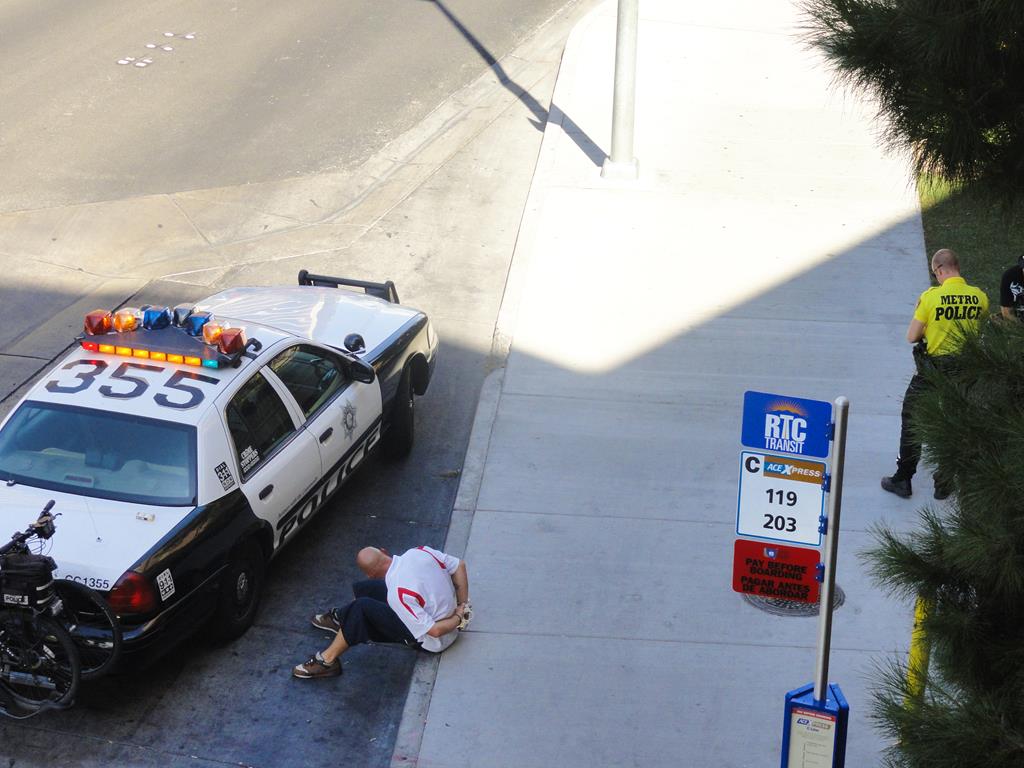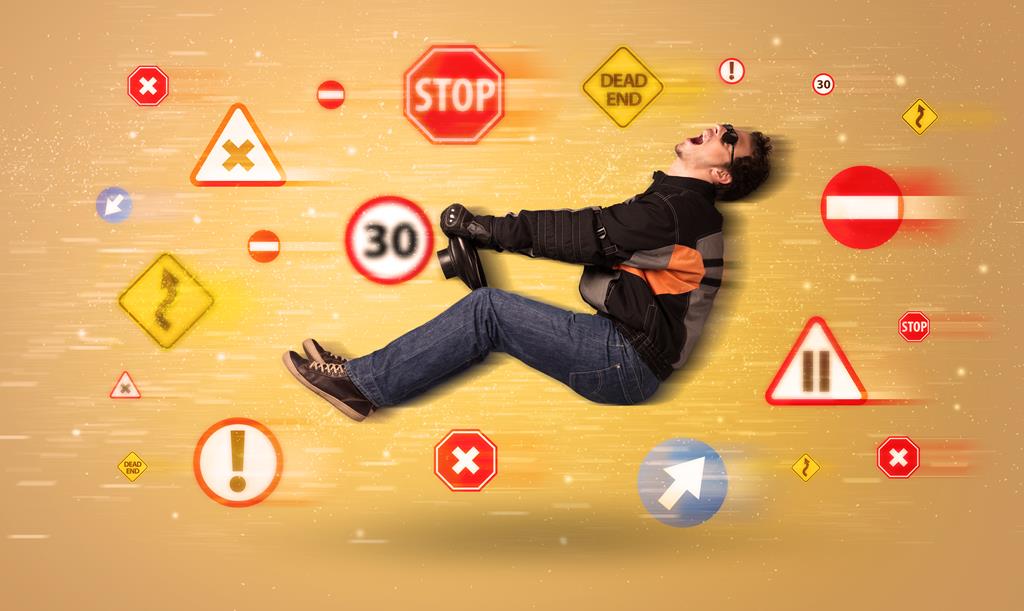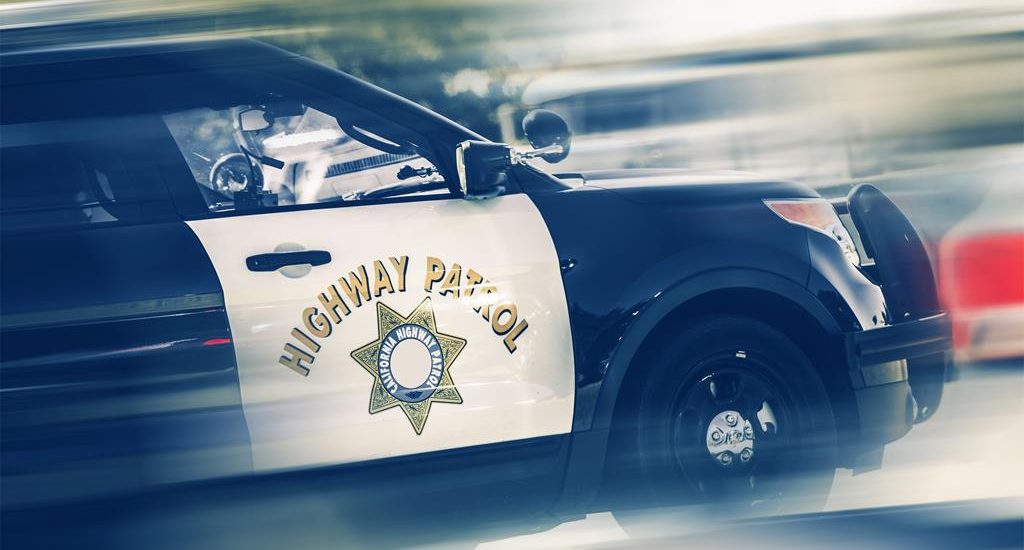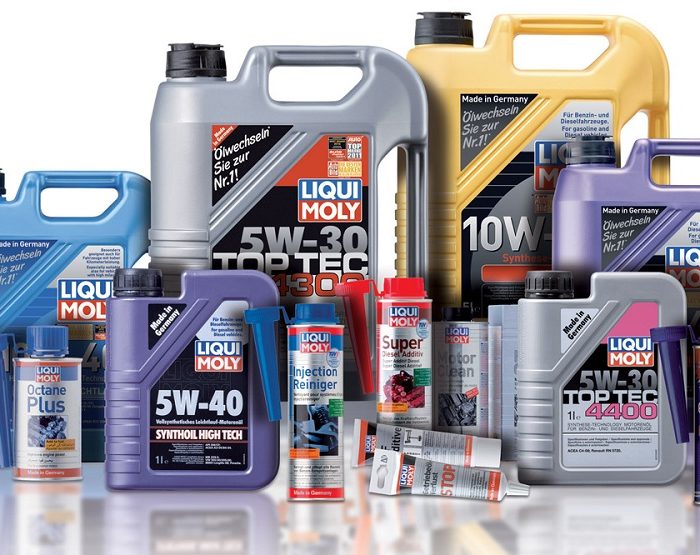Road accidents extend far beyond vehicle damage, often resulting in serious injuries, fatalities, and enormous economic costs. In the United States, the calculated cost of a single traffic fatality reaches approximately $3 million, highlighting the devastating financial and human impact of reckless driving behaviors like distracted or drunk driving. These staggering losses explain why traffic violation penalties include both substantial fines and potential imprisonment.
Speed Enforcement and Traffic Camera Technology
Speed cameras have become a cornerstone of traffic enforcement in countries worldwide. Modern speed enforcement systems provide comprehensive violation documentation, including:
- Posted speed limit displays
- Real-time driver speed readings
- Fine amounts in local currency
- Photographic evidence of violations
This technology proves highly effective for responsible drivers who respond appropriately to clear traffic enforcement measures.
Identifying Aggressive and Dangerous Driving Behaviors
Despite effective enforcement systems, dangerous drivers continue to pose serious threats to public safety. In severe cases, U.S. authorities may mandate compulsory treatment for drivers who demonstrate inability to control their behavior on the road. Aggressive driving behaviors that endanger public safety include:
- Excessive speeding beyond safe limits
- Aggressive headlight flashing and horn usage
- Unpredictable and dangerous lane changes
- Tailgating and following at unsafe distances
- Driving on sidewalks or pedestrian areas
- Crossing solid double lines illegally
- Running red lights and ignoring traffic signals
Speeding Penalties: United States and International Comparisons
Speeding violations carry severe consequences across developed nations, reflecting the serious safety risks involved. In the United States, speeding contributes to one-third of all traffic accidents, leading to stringent penalty structures:
- Standard speeding fines: $100 for every mile per hour over the speed limit
- Extreme speeding: Exceeding speed limits by 40+ mph results in potential imprisonment

France maintains similarly strict enforcement policies. Drivers who endanger other road users through reckless driving face severe penalties including:
- Up to one year imprisonment
- Five-year license revocation
- Fines reaching €15,000
Police Chase Procedures and Safety Protocols
When drivers refuse to comply with traffic stops, law enforcement agencies follow strict protocols to ensure public safety. Modern police pursuits utilize advanced technology including patrol helicopters and drones equipped with video cameras to document every aspect of the chase.
Upon vehicle apprehension, drivers should follow specific safety procedures to avoid escalation:
- Exit the vehicle immediately when stopped
- Lie on the ground with hands visible and raised
- Follow officer instructions precisely
- Remember that all statements may be used in legal proceedings
Contrary to popular media portrayals, police chases occur infrequently in real-world America. The severe legal consequences and advanced tracking technology effectively deter most potential violators, making pursuit situations increasingly rare.
Technology and Accountability in Law Enforcement
Comprehensive video documentation of police pursuits has significantly reduced instances of power abuse by law enforcement officers. Traffic police maintain strict but fair enforcement standards, though they may use tactical maneuvers to prevent greater casualties, such as pushing violator vehicles off roadways when continuation poses extreme public danger.
Real-World Consequences: Case Studies and Criminal Pursuits
Traffic violations often stem from emotional distress, leading to tragic outcomes. A notable Chicago incident involved a white Chevrolet driver who engaged in dangerous driving following a lost football game. The subsequent police chase ended in a fatal collision with a taxi, resulting in multiple deaths and demonstrating the devastating consequences of emotional driving decisions.
More commonly, high-speed chases involve criminal suspects attempting to evade arrest. When weapons are present, law enforcement protocols become extremely strict across multiple countries including the United States, Mexico, Venezuela, and Chile. Key safety considerations include:
- Immediate weapon disposal requirements upon police contact
- Zero tolerance for armed resistance regardless of suspect demographics
- Public evacuation from dangerous areas during active pursuits

International Driving Safety and Legal Compliance
Safe international driving requires proper documentation and adherence to local traffic laws. Always carry a valid international driving license when traveling abroad, as this essential document enables legal driving across multiple countries while ensuring compliance with local regulations.
Remember: responsible driving protects lives, prevents legal complications, and ensures safe travels worldwide. Never attempt to evade law enforcement, and always prioritize traffic safety over convenience or speed.

Published June 19, 2017 • 4m to read





